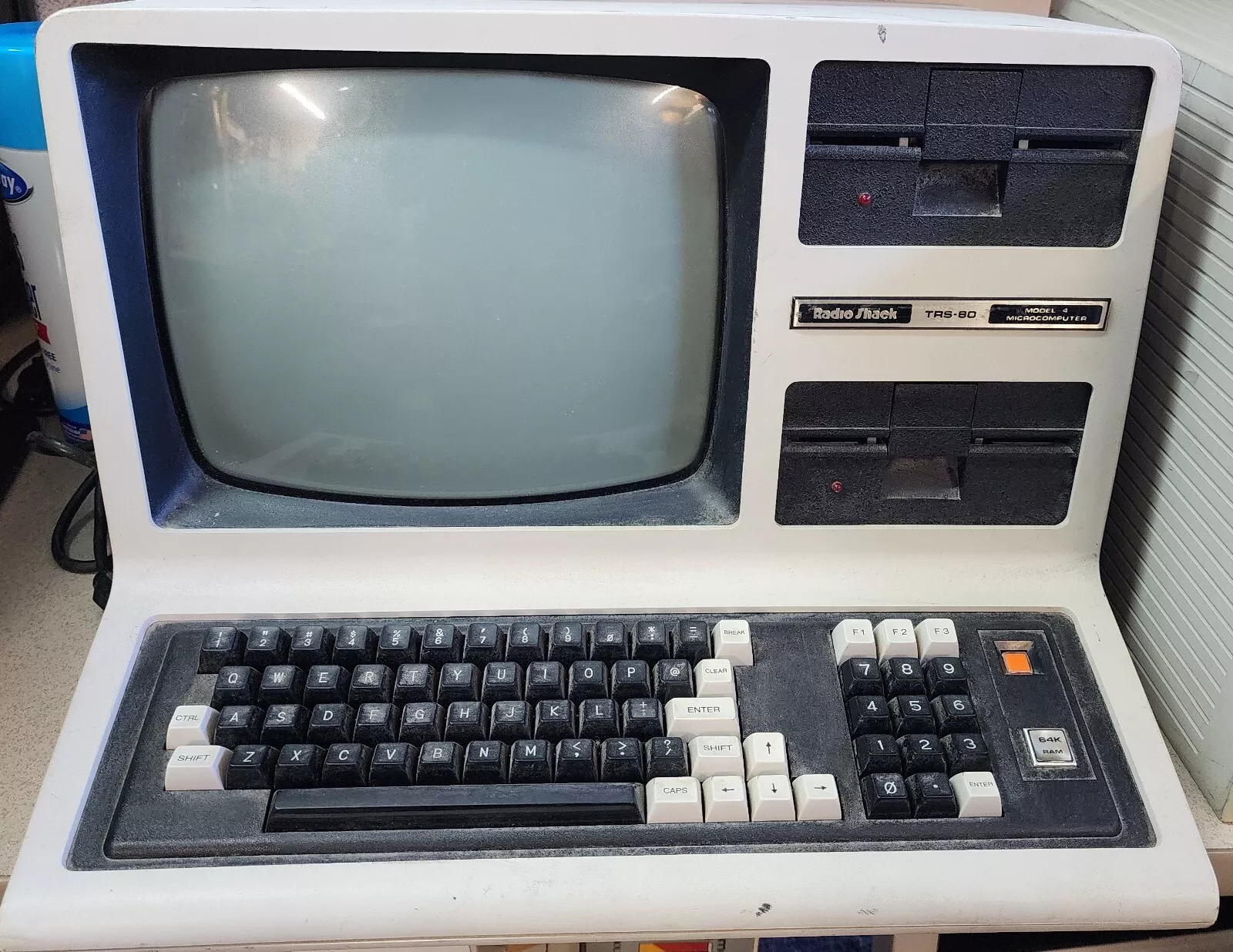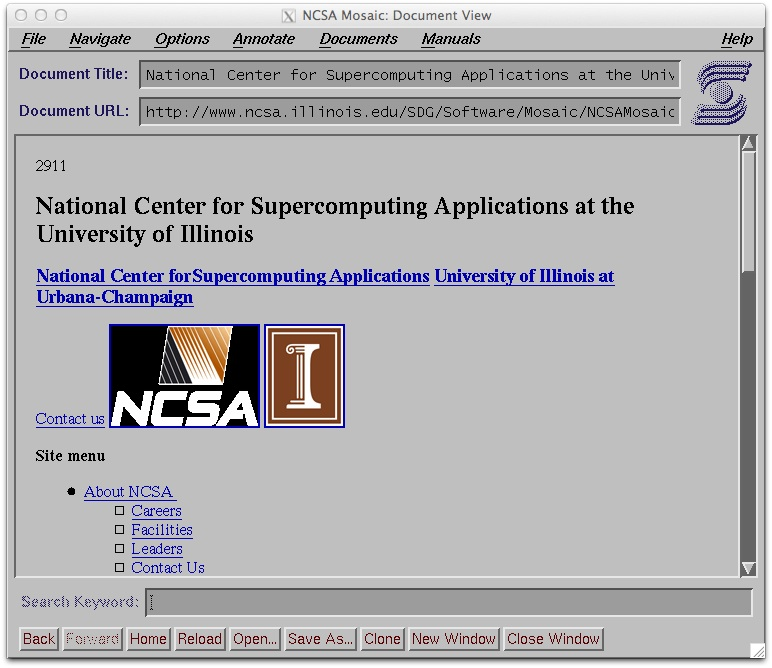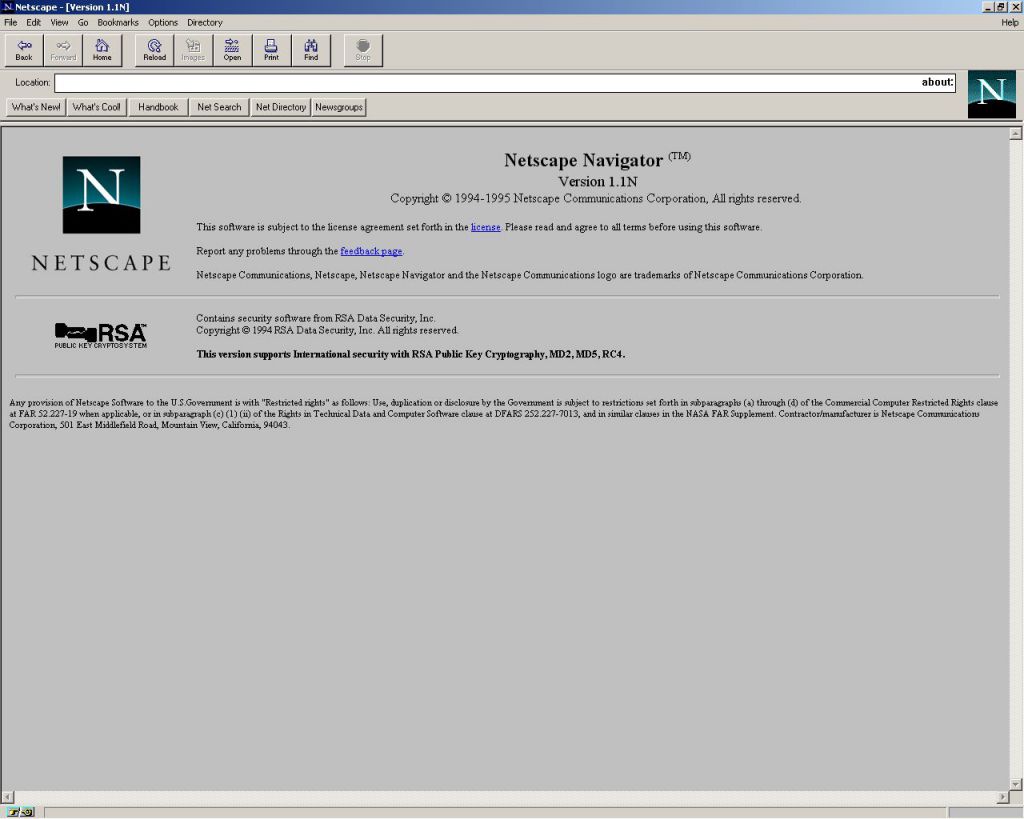About Me 

I'm a software developer and computer guy. I've been using computers since 1980 and got my start on the TRS-80 Model 4 running a Z-80 processor at a whopping 2.0 MHz with 16 KB of RAM! I also used early Apple computers in middle school (like the Apple II) learning word processing and touch typing in the early 1980s. Growing up in the 1980s, I got to see personal computers evolve and take off in society. I witnessed the birth of Atari computers, the Commodore 64, the Amiga, the Macintosh Plus, the Commodore VIC-20, and many other early computers. I was also around to see the birth of the original IBM PC and the growth of the "PC-compatible" clone market.
By the early 1990s, modems had advanced enough to start becoming useful. The first modem I used had a blazing speed of 9600 bits per second (bps). A few years later, I upgraded to a 14.4 kbps modem and the world of online Internet access was opened up to me for the first time. Back in 1992, most people were using dial-up modems to connect to local BBS'es (bulletin board systems). These bulletin board systems were a precursor to the modern form of the World Wide Web (WWW). There was also the Gopher protocol which became popular when the WWW was still in its infancy. A Gopher system consisted of a series of hierarchical hyperlinkable menus. Then, in January of 1993, my world forever changed – NCSA Mosaic was released by Marc Andreessen and Eric Bina from the University of Illinois at Champaign-Urbana.

Although Mosaic was not the true first graphical web browser, it was the one that became the most popular and was widely-used by everyone I knew. It supported the Hypertext Transfer Protocol (https), File Transfer Protocol (FTP), Network News Transfer Protocol (Usenet), and Gopher too. It was the first web browser to display images inline with text (instead of opening a separate window). Mosaic had an intuitive interface, was stable, and easy-to-install on personal computers running Windows 3.1. Back then, the term "web surfing" was appropriate because when you were browsing the WWW you were randomly jumping around from site to site. There were no decent search engines or centralized directories. Most of the sites you discovered were linked to from other sites you were browsing. People started keeping lists of their favorite URLs so they could share with others and go back to later. (NCAS Mosaic had a feature called "Hotlist" which was an early predecesssor of "bookmarks" found in modern browsers). In 1994, Jerry Yang and David Filo created a website named "Jerry and David's guide to the World Wide Web". The site was a human-edited web directory, organized in a hierarchy, as opposed to a searchable index of pages. In March 1994, "Jerry and David's Guide to the World Wide Web" was renamed "Yahoo!" and became known as the Yahoo Directory.
Sometime between 1993 and 1994, I became fascinated with websites. I wanted to know how I could create my own website and put it on the Internet. Back then, there were no "free hosting" services. No blogs. No social media. Nothing. To host your own website you had to purchase a domain name from Network Solutions, pay a company for hosting (or run your own server), and design your own webpages from scratch. The first thing I did was taught myself HTML. I used to spend hours visting different websites and viewing the source code of the page. I would make a tiny change to the code, and then view the page to see what changed. I would then dig in and read the HTML language specs from the WC3. Doing this slow, reverse-engineering method over many months, I taught myself how to create websites. I put together my first website around this time and, along with some friends, started a web development company to offer services to business customers in this new and quickly-growing market. From the mid-to-late 1990s, we created custom websites for people looking to get their businesses online.

In 1994, the lead developers of Mosaic founded the Netscape corporation and released their first product: Netscape Navigator. This quickly became the most popular web browser on the Internet. In 1995, Netscape decided to add a programming language to their browser(Javascript) to allow developers to add dynamic behavior to their web pages. Prior to this point, all web pages were static — containing only text and images. In 1995, Macromedia issued the first release of their Shockwave Player plugin for Netscape Navigator (which eventually became "Adobe Flash"). Shockwave allowed developers to create interactive multimedia applications which could be viewed by people who had the plugin installed in their web browser. These two techologies (Javascript and Shockwave) opened up a whole new world for web developers. Now, instead of just creating static pages with text and images, developers could create rich interactive experiences for web surfers.
I purchased a copy of Danny Goodman's "The Javascript Bible" in 1997 and read it from cover to cover. I taught myself Javascript and Shockwave (Flash) and started using them to create interactive websites for people and businesses in the mid-to-late 1990s. Towards the end of the 90s, I was getting tired of the hustle and daily-grind of running my own freelance business and decided to work for an Internet company instead. The company I chose was a pioneer in the industry and had published the first book about the Internet in 1989. They built the first online bookstore selling books on the Internet in 1992 (two years before Amazon was even founded)! The company had a long history of "firsts" on the Internet and worked with famous people like Stephen King, Robert Coover, Lester Grinspoon, John Ashbery and John Wiley (head of the multinational publishing company). They also produced websites for Miramax-Films. I was quite lucky to have worked on some of the Flash animation for the American website of the Studio Ghibli film "Princess Mononoke" released by Miramax in 1999. I have also worked on Flash animation for other promotional websites related to films released by Miramax in the late 90s / early 2000s.